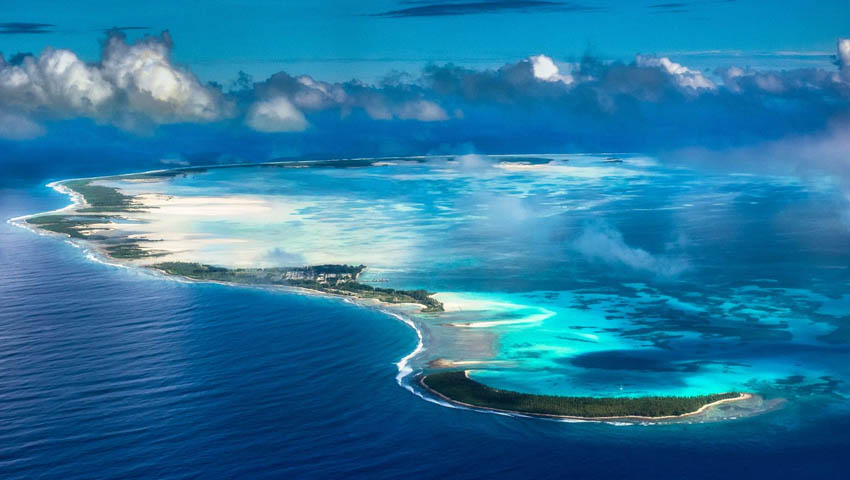Defence Industry Minister Melissa Price has announced a $184 million contract that will see the upgrade and refurbishment of the runway at the Cocos (Keeling) Islands.
To continue reading the rest of this article, please log in.
Create free account to get unlimited news articles and more!
The Cocos (Keeling) Islands will soon benefit from an upgrade and refurbishment of the airport’s runway, which is the main access and delivery point for supplies and visitors to the islands.
Defence Industry Minister Melissa Price announced that Fulton Hogan would shortly commence design and development of the $184 million project.
“The project will provide benefits to the Cocos (Keeling) Islands economy by prioritising local suppliers and creating employment opportunities throughout the works,” Minister Price said.
“The project will strengthen and widen the existing runway and hardstands, and provide a new Aeronautical Ground Lighting to support the P-8A Poseidon Maritime Surveillance and Response aircraft, and other aircraft operations.
“P-8A Poseidon capability will enhance Australia’s maritime domain awareness of the Indian Ocean region and Southern Asia, and enhance operational access to the region,” Minister Price added.
Today, strategic sea lines of communication (SLOC) support over 90 per cent of global trade, a result of the cost-effective and reliable nature of sea transport.
Indo-Pacific Asia is at the epicentre of the global maritime trade, with about US$5 trillion worth of trade flowing through the South China Sea and the strategic waterways and choke points of south-east Asia annually.
The Indian Ocean and its critical global SLOC are responsible for more than 80 per cent of the world’s seaborne trade in critical energy supplies, namely, oil and natural gas, which serve as the lifeblood of any advanced economy.
Australia is not immune to these geopolitical and strategic factors and, as an island nation heavily dependent on sea transport – with 98 per cent of the nation’s exports, a substantial amount of its strategic imports, namely, liquid fuel, and a substantial proportion of the nation’s domestic freight depending on the ocean – it is a necessity to understand and adapt and introduce a focus on maritime power projection and sea control.
The unique geographic realities in Indo-Pacific Asia range from vast swathes of deep, open ocean to Australia’s west, to relatively shallow, congested and narrow archipelagic-bound choke points, including the Straits of Malacca, Lombok Strait and into the South China Sea.
Australia’s own Cocos (Keeling) Islands have long been identified as a key strategic force multiplier for both Australian and allied use.
As recently as 2017, the joint standing committee on the national capital and external territories sought to identify the strategic opportunities for developing and enhancing the strategic importance and capabilities of the islands to support increased Australian engagement in the Indo-Pacific.
The islands have also become increasingly important to Australia’s allies, mainly the US as it has sought to “pivot” towards Asia in response to increasing Chinese assertiveness.
The Obama administration’s “Asia Pivot” outlined in 2012 kicked off growing speculation about the future of the islands, with The Washington Post identifying the strategic importance of the islands to the US and Australia, which ABC journalist Samantha Hawley explained during an interview with then defence minister Stephen Smith:
“It might be down the track, but it’s undeniable that the US is eyeing off the Cocos Islands as a base to launch drones and manned US surveillance aircraft.
“The Washington Post newspaper has catapulted the prospect back into the headlines. The report states aircraft based in the Cocos Islands would be well positioned to launch spy flights over the South China Sea and would be considered as a replacement for the American Diego Garcia air base.”
Under the Morrison government’s Defence Policy for Industry Participation, the project will maximise opportunities for Australian industry to supply goods and services for the Commonwealth works.
Subject to government and parliamentary approval, construction is expected to commence in mid-2021 and be completed by mid-2023.
Stephen Kuper
Steve has an extensive career across government, defence industry and advocacy, having previously worked for cabinet ministers at both Federal and State levels.

 Login
Login








